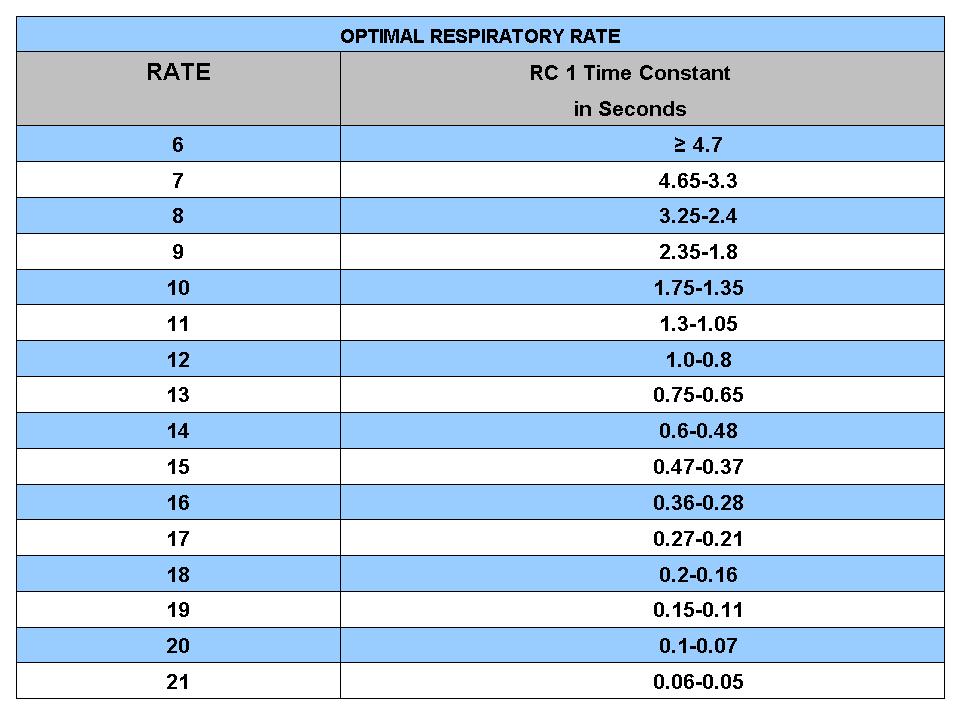Respiratory rate is a vital sign that reflects how well your lungs and body are functioning. It is defined as the number of breaths taken per minute and varies according to age, activity level, and overall health. Understanding what’s a good respiratory rate can help individuals monitor their health and recognize when medical attention is needed. The average respiratory rate for adults ranges from 12 to 20 breaths per minute, but this can change based on various factors like exercise, stress, or illness. Knowing what constitutes a normal respiratory rate can serve as a crucial indicator of one's health status.
For children, the normal respiratory rate can be significantly higher, depending on their age. Infants, for instance, can have rates of 30 to 60 breaths per minute, while older children may have rates that fall between these two extremes. Understanding what’s a good respiratory rate for different age groups is essential for caregivers and parents to ensure their children are healthy and thriving.
Moreover, being aware of your respiratory rate can help you detect potential respiratory issues before they escalate. A rapid or slow respiratory rate can indicate underlying health problems, from anxiety to chronic respiratory diseases. This article will delve deep into what constitutes a good respiratory rate, how to measure it, and when to seek medical assistance.
What is Considered a Good Respiratory Rate for Adults?
The normal respiratory rate for adults generally ranges from 12 to 20 breaths per minute. This range can fluctuate based on several factors, including:
- Physical fitness level
- Emotional state (stress or anxiety)
- Environmental conditions (altitude, temperature)
- Health conditions (asthma, COPD)
It's essential to note that a respiratory rate outside this range does not immediately indicate a health problem but may warrant further observation.
How to Measure Your Respiratory Rate?
Measuring your respiratory rate is straightforward and can be done at home. Here's how:
- Find a comfortable position, either sitting or lying down.
- Set a timer for one minute.
- Count the number of breaths you take in that minute, ensuring not to alter your breathing pattern.
It's often easiest to count the rise and fall of your chest as you breathe. This method provides a clear and accurate measurement of your respiratory rate.
What Factors Can Affect Your Respiratory Rate?
Several factors can influence what’s a good respiratory rate, including:
- Age: As mentioned, children have higher respiratory rates compared to adults.
- Fitness Level: Athletes often have lower resting respiratory rates due to better lung efficiency.
- Health Conditions: Chronic conditions like asthma or heart diseases can alter normal rates.
- Emotional State: Anxiety and stress can lead to rapid breathing.
How Does Respiratory Rate Change During Exercise?
During physical activity, your body requires more oxygen, leading to an increase in respiratory rate. A normal response includes:
- Breaths per minute typically rising above 20.
- Increased depth of breathing.
Post-exercise, the rate should gradually return to resting levels, indicating good cardiovascular health.
When Should You Be Concerned About Your Respiratory Rate?
While fluctuations in respiratory rate can be normal, certain symptoms may indicate a need for medical attention. Seek help if:
- Your respiratory rate is consistently above 20 breaths per minute at rest.
- You experience shortness of breath or difficulty breathing.
- You have a rapid heartbeat or chest pain.
- Your skin, lips, or nails appear bluish (cyanosis).
What Are the Implications of a High Respiratory Rate?
A high respiratory rate, known as tachypnea, can indicate several underlying issues, such as:
- Fever or infection
- Pulmonary embolism
- Pneumonia
- Severe anxiety or panic attacks
Identifying the cause is crucial to determining the appropriate treatment.
What Can You Do to Improve Your Respiratory Rate?
If you find yourself experiencing an abnormal respiratory rate, consider the following tips to improve your lung health:
- Regular exercise: Engaging in aerobic activities strengthens your lungs.
- Practice deep breathing: Techniques like diaphragmatic breathing can improve lung capacity.
- Avoid smoking: Smoking significantly impairs lung function and respiratory rates.
- Stay hydrated: Proper hydration can help maintain mucus membranes in the lungs.
Conclusion: Understanding Your Respiratory Rate
In conclusion, knowing what’s a good respiratory rate is essential for maintaining overall health. By regularly monitoring your respiratory rate and understanding the factors that influence it, you can take proactive steps towards improving your lung health and overall well-being. Remember to consult a healthcare professional if you notice any significant changes in your breathing patterns, as these can be indicators of underlying health issues.
You Might Also Like
Exploring The Life Of Harold Ford Jr. Through His ChildrenUnveiling The Mystery Of The Viral MMS Punjabi Girl
Taurus Compatibility Signs: Understanding Your Ideal Match
Discovering The World Of Foden Kids: A New Generation Of Talent
Angelina Jolie: The Legacy Beyond Rumors Of Death
Article Recommendations
- Catherine Bell Partner
- Jennifer Carpenter
- Zin Manga
- Jessica Capshaw Husband
- Mls Playoff Format
- Wanya Morris
- David Duchovny
- Eros Philadelphia
- Jessica Alba
- Jason Momoa Amber Heard


